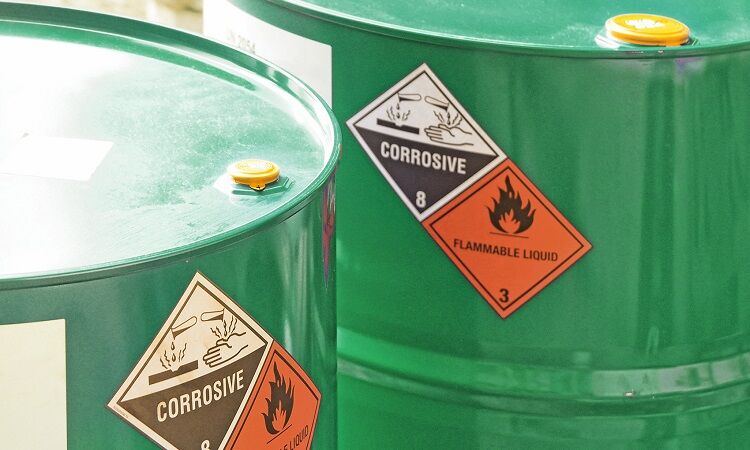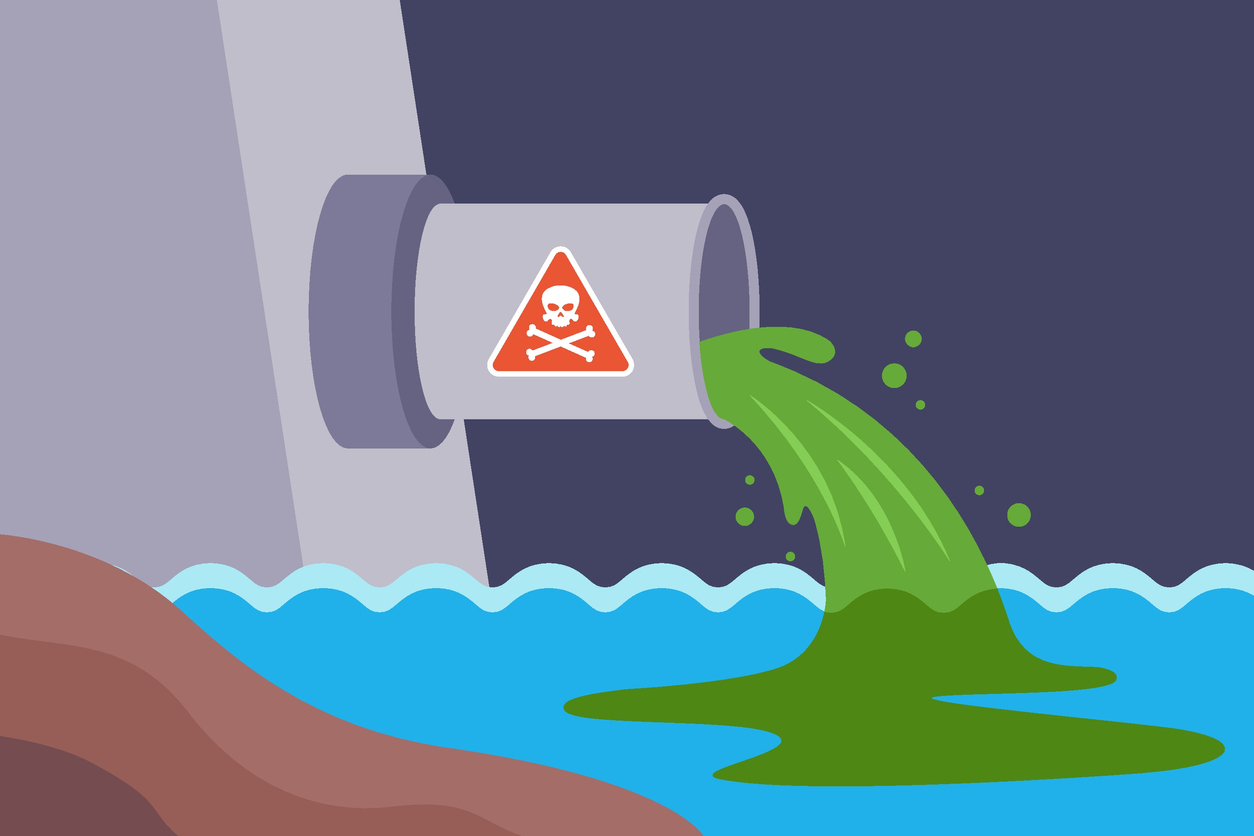Leading Industrial Wastewater Treatment Solutions: Making Certain Compliance and Effectiveness
Leading Industrial Wastewater Treatment Solutions: Making Certain Compliance and Effectiveness
Blog Article
Understanding the Comprehensive Process of Fluid Garbage Disposal: Best Practices and Environmental Influence Considerations
The administration of fluid waste disposal is a multifaceted concern that needs an extensive understanding of various ideal methods and their linked environmental impacts. From the sorts of liquid waste created to the approaches employed for collection, treatment, and final disposal, each action plays an essential duty in guarding environments and public health and wellness. As governing criteria evolve and technology developments, the discussion around these procedures ends up being progressively important. What ramifications do these modifications hold for future sustainability efforts, and just how can stakeholders ensure that they are appropriately resolved?
Sorts Of Fluid Waste
Recognizing the different kinds of liquid waste is necessary for reliable management and disposal practices. Fluid waste can be generally categorized into numerous kinds, each needing special handling and therapy methods.
Industrial fluid waste commonly consists of hazardous materials, consisting of hefty steels, solvents, and chemicals, produced throughout manufacturing processes. These wastes demand strict governing compliance to protect human wellness and the environment. Domestic liquid waste largely refers to wastewater produced from families, consisting of sewage and greywater, which, although less toxic, can still posture considerable risks if incorrectly taken care of.
Agricultural fluid waste, including runoff from ranches, frequently consists of plant foods and pesticides that can cause ecological degradation if not dealt with effectively. Clinical fluid waste, generated from healthcare centers, consists of polluted fluids such as physical fluids and chemicals, requiring specialized disposal techniques to avoid infection and ecological contamination.
Last but not least, oil and grease waste, normally generated by dining establishments and vehicle sectors, can create severe obstructions in drain systems otherwise managed appropriately. Understanding these categories helps with targeted strategies for therapy, compliance with guidelines, and efficient disposal techniques, ultimately advertising environmental sustainability and public health and wellness security.

Collection Methods
Effective collection techniques are vital for the proper administration of liquid waste, making sure that it is gathered safely and efficiently prior to treatment or disposal. Various techniques are employed depending on the sort of fluid waste generated, the quantity, and the particular features of the waste.
One typical technique is making use of specialized collection tanks or sumps, which are made to capture fluid waste at the resource. These systems typically incorporate pumps that promote the transfer of waste to larger storage containers or therapy facilities. Additionally, mobile collection systems geared up with vacuum innovation are utilized in situations where waste is generated intermittently or in hard-to-reach places.
For commercial settings, closed-loop systems can properly lessen leaks and spills, permitting the recovery and reuse of fluid waste. It is also necessary to train personnel on correct collection protocols to mitigate threats connected with harmful compounds.
Furthermore, applying normal maintenance timetables for collection equipment guarantees optimum performance and security. The combination of sophisticated tracking systems can enhance collection effectiveness by giving real-time data on waste levels and possible threats. Generally, effective collection techniques are foundational to lasting fluid waste administration techniques.
Treatment Processes
Therapy procedures play an important function in the monitoring of liquid waste, changing possibly hazardous products into reusable resources or secure effluents - liquid waste disposal. These processes can be generally categorized into physical, chemical, and organic techniques, each tailored to resolve certain impurities present in the waste stream
Physical therapy techniques, such as sedimentation and purification, job by getting rid of put on hold solids and particle issue. These methods are usually the primary step in the therapy chain, effectively decreasing the load on succeeding procedures. Chemical therapies entail making use of reagents to neutralize dangerous compounds, precipitate heavy steels, or oxidize natural pollutants, thus improving the safety and security of the effluent.
Biological therapy processes, including turned on sludge systems and anaerobic food digestion, take advantage of the all-natural capabilities of microorganisms to deteriorate raw material. These methods are especially effective for wastewater consisting of naturally degradable toxins. Advanced therapy innovations, such as membrane layer filtering and advanced oxidation procedures, are progressively employed to achieve higher levels of filtration.
Incorporating a combination of these treatment methods not just guarantees conformity with regulatory standards however also advertises ecological sustainability by recovering valuable resources from liquid waste.
Disposal Options
How can companies guarantee the safe and accountable disposal of liquid waste? Efficient disposal options are crucial for see this here protecting public wellness and the setting. The primary techniques consist of land disposal, incineration, and treatment complied with by discharge into municipal wastewater systems.
Land disposal entails the careful control of liquid waste in marked land fills, guaranteeing that it does not seep right into surrounding soil or water. Incineration, on the other hand, topics liquid waste to high temperatures, transforming it into ash and gases, which need correct filtration to minimize emissions. This method is ideal for unsafe wastes that can not be dealt with through conventional means.
In cases where liquid waste can be treated, companies might choose organic or chemical therapy procedures to reduce the effects of unsafe parts before releasing the dealt with effluent into metropolitan systems. This route generally aligns with governing requirements, ensuring that the effluent fulfills security criteria.
Inevitably, organizations need to perform detailed evaluations of each disposal option to determine its feasibility, taking into consideration aspects such as waste structure, governing compliance, and potential risks to health and the environment. By selecting ideal disposal approaches, businesses can contribute to a liable waste management approach.
Environmental Influence
The ecological impact of fluid waste disposal is a critical factor to consider for companies seeking to decrease their environmental footprint. Inappropriate disposal methods can lead to significant contamination of water sources, dirt deterioration, and damaging impacts on regional ecosystems. For example, hazardous fluids can seep into groundwater, posing threats to alcohol consumption water materials and marine life. Additionally, the discharge of untreated or improperly treated waste into surface area waters can result in eutrophication, bring about oxygen exhaustion and the succeeding death of fish and various other microorganisms.

To alleviate these effects, organizations need to take on finest methods such as implementing extensive waste therapy procedures, promoting recycling and reuse, and adhering to governing standards. By taking a positive approach to liquid waste management, entities can considerably lower their ecological footprint while sustaining sustainable advancement objectives. Inevitably, a detailed understanding of the environmental influences related to fluid waste disposal is important for informed decision-making and liable stewardship of natural deposits.
Verdict
Effective management of liquid waste is important for securing environmental honesty and public health. Ultimately, a thorough understanding of fluid waste disposal not only mitigates environmental influences yet also cultivates a commitment to responsible source management and ecological stewardship.
The administration of liquid waste disposal is a diverse issue that calls for an extensive understanding of numerous go ideal methods and their linked environmental impacts. From the kinds of fluid waste generated to the approaches utilized for collection, treatment, and last disposal, each action plays a crucial function in safeguarding ecosystems and public health.The ecological impact of fluid More Bonuses waste disposal is a crucial factor to consider for organizations looking for to lessen their ecological footprint. Inevitably, a detailed understanding of the environmental impacts connected with fluid waste disposal is crucial for informed decision-making and accountable stewardship of all-natural sources.
Eventually, a thorough understanding of fluid waste disposal not just minimizes ecological impacts however also fosters a dedication to accountable resource management and environmental stewardship.
Report this page